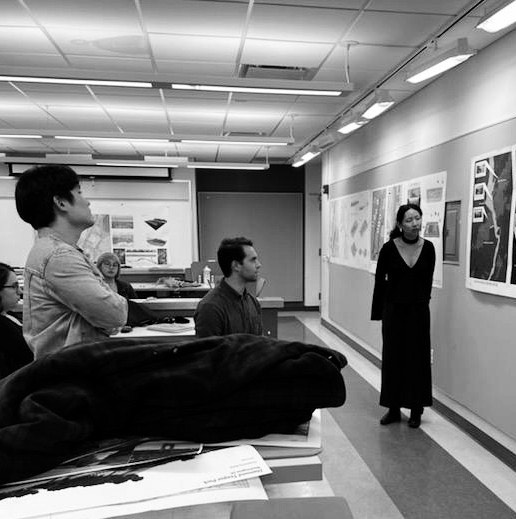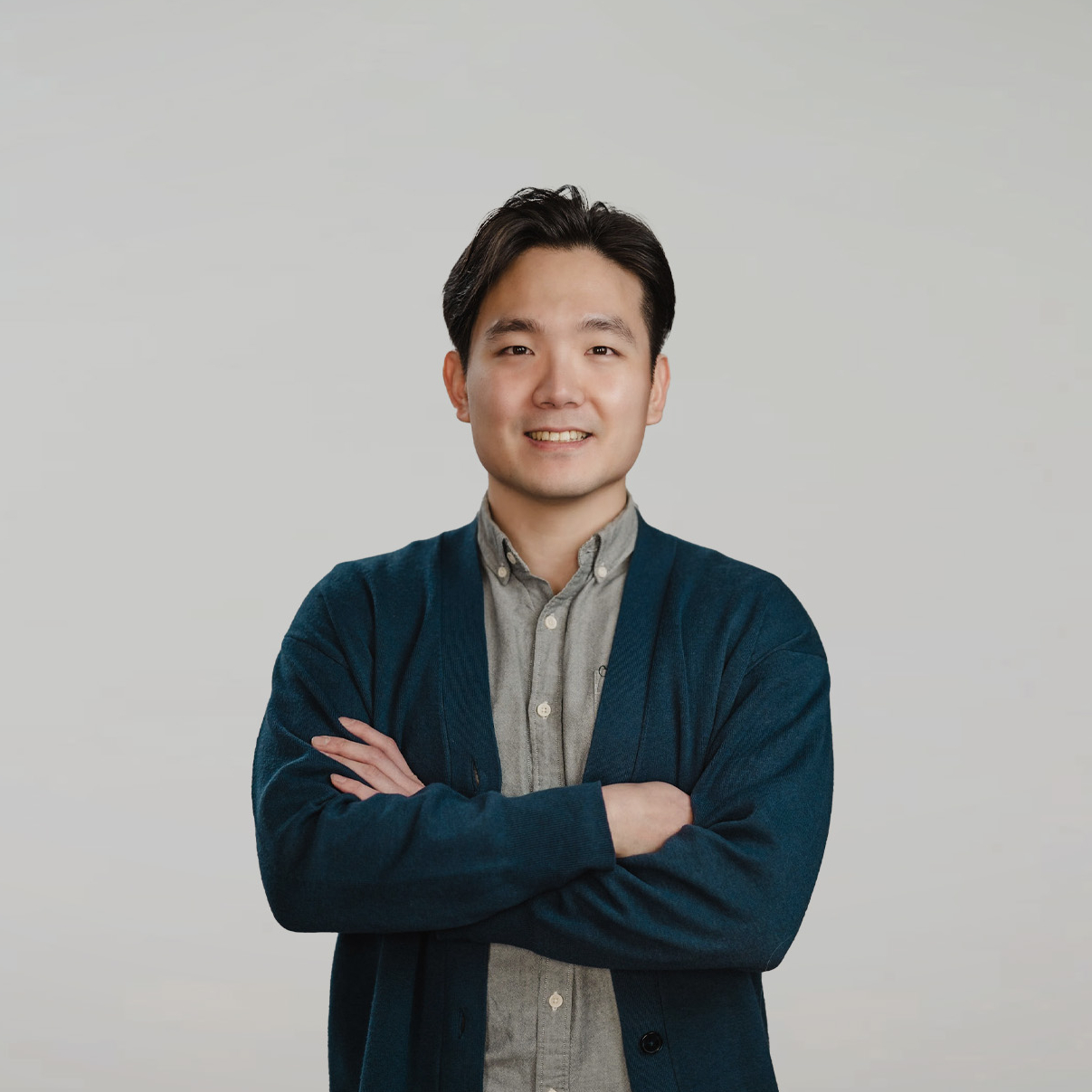We were lucky to catch up with Jooyoung Lim recently and have shared our conversation below.
Alright, Jooyoung thanks for taking the time to share your stories and insights with us today. Can you tell us the backstory behind how you came up with the idea?
My professional growth began at Studio 88 Architecture, where I had the privilege of working closely with three partners — Serda, Joseph, and Argiris — each of whom profoundly influenced my development as a designer.
Serda brought over twenty-five years of experience in architecture and construction management, including her work on the Woolworth Building renovation. Joseph, who contributed to major New York projects such as the World Trade Center Memorial, exemplified technical precision and systematic thinking. Argiris, through his collaborations with public institutions like the MTA and NYCHA, possessed a deep understanding of how design operates within real-world constraints.
Working alongside them taught me far more than design techniques. It showed me how to think holistically about the entire process of realizing design — how to collaborate with clients, coordinate between disciplines, and understand how architecture interacts with society. Through these experiences, I came to believe that design is not merely about form, but about sensory and emotional experience.
Over time, I felt an increasing desire to move beyond conventional frameworks and explore a more integrated form of practice that connects architecture, landscape, and art. I became fascinated by how light, material, sound, and temperature can shape human perception — how space can be designed to engage all the senses rather than simply appear beautiful.
At Studio 88, I led projects from concept through completion, developing both my creative and technical foundations. I learned to think not only as a designer but as a problem-solver — someone who understands how structure, systems, and codes all contribute to transforming an idea into built reality. Through these experiences, I came to appreciate that creativity and practicality are not opposing forces, but rather two essential components of meaningful design.
Ultimately, these experiences expanded my perspective. I no longer see design as something that ends with the drawing or the model, but as a process that continues into construction, occupation, and everyday life — where architecture becomes a tangible structure that interacts with society and resonates with human emotion.

Great, appreciate you sharing that with us. Before we ask you to share more of your insights, can you take a moment to introduce yourself and how you got to where you are today to our readers.
I am a designer who explores the boundaries between architecture, landscape, and art, creating works that center on sensory experience. I believe that space is not merely a form, but a medium that shapes human emotion and perception.
I studied architecture at Auburn University and Columbia GSAPP, and later worked at Studio 88 Architecture, Bjarke Ingels Group (BIG), and Martha Schwartz Partners (MSP) in New York. These experiences allowed me to engage with projects of diverse scales and contexts—from concept development to realization—and to understand how design operates within real-world conditions. Over time, I became convinced that meaningful design must go beyond function; it must engage all senses and tell a story through experience.
My work spans architecture, interiors, installations, exhibitions, and creative direction, and every project begins with a single question:
How can this space be felt, not just seen?
I design with light, material, sound, temperature, and scent—crafting environments that connect deeply with people through sensory experience.
The problem I aim to address is simple but profound: everyday spaces often lack emotional and sensory depth. By blending artistic sensibility with architectural precision, I strive to create environments that are both functional and memorable.
What distinguishes my work is the balance between artistic intuition and technical clarity. At Studio 88, I learned the discipline of construction and collaboration; at BIG and MSP, I learned how to challenge convention and think experimentally. This dual perspective allows me to operate at the intersection of creativity and practicality—where ideas are not only imagined but built.
One of the moments I’m most proud of was leading the East Marion Residential Project (Boater’s Cabin) at Studio 88 Architecture, which received the AIA Long Island Architecture Award (Unbuilt – Residential). Inspired by the client’s passion for boating and the waterfront context, the project reinterpreted the acts of departure and return through architecture—creating a home that connects visually and physically to the water. Through this experience, I reaffirmed my belief that architecture can transcend function and become a medium for sensory and emotional storytelling.
Ultimately, my work is not about creating spaces to be seen, but experiences to be felt—the warmth of light, the texture of air, the subtle sound that lingers in memory. These are the elements that define my design philosophy and the way I understand the built world.
What do you find most rewarding about being a creative?
For me, the most rewarding aspect of being a creative is the moment when an idea that once existed only in my mind takes on a physical, sensory form — when others can see it, feel it, and experience it in their own way. There’s something deeply fulfilling about watching people respond to a space or object I designed — seeing how it stirs emotions, triggers memories, or changes their perception of their surroundings.
Design, for me, is not just about creating something beautiful; it’s about creating moments of connection — between people, materials, and the world around them. That quiet realization that something I imagined can move someone else is what keeps me doing this work.
What do you think is the goal or mission that drives your creative journey?
Yes — my creative journey is driven by the goal of designing spaces that engage the human senses and emotions in a deeper way. I want to challenge the conventional idea of architecture as something static or purely functional, and instead, treat it as a living, sensory experience. My mission is to create work that allows people to feel — to become aware of the subtle interactions between light, texture, sound, and atmosphere that shape our perception of space.
Ultimately, I hope my work reminds people that design is not just visual; it’s experiential. Whether it’s a building, an installation, or a small intervention, my goal is always the same — to craft moments where the boundary between the natural and the artificial, the emotional and the physical, becomes beautifully blurred.
Contact Info:
- Website: https://offnarratives.com
- Instagram: lim.on.dream
- Linkedin: https://www.linkedin.com/in/jooyoung-lim-328b70230/
Image Credits
Guest Critic at Rutgers University – New Brunswick


